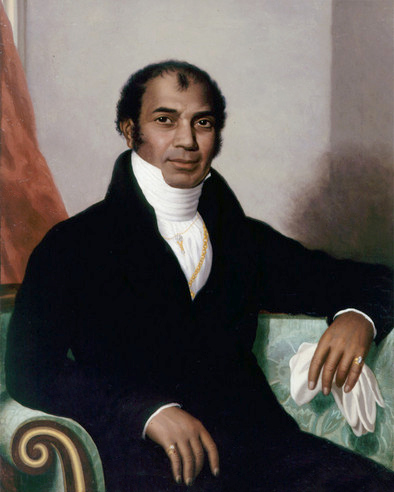How India Gave ‘Shampoo’ To The World, Thanks to a Young Barber From Patna!
In many households across India, grandmothers still follow this practice of drying certain leaves and flowers and making a paste from it. If my nonagenarian grandmother had her way, she would still be making her own shampoo powder.

Did you know that shampooing was first invented in India?
Derived from the Hindi word champu, which in turn evolved from the Sanskrit word chapyathi, the word essentially means ‘to massage or press’.
The practice of using shampoo dates back to 1500 AD when a concoction of boiled reetha (soap berries), amla (gooseberry), hibiscus, shikakai (Acacia) and other hair friendly herbs, was made and used on the scalp to healthify and cleanse the tresses.
In many households across India, grandmothers still follow this practice of drying certain leaves and flowers and making a paste from it. If my nonagenarian grandmother had her way, she would still be making her own shampoo powder.
How did the shampoo travel to the west?

Sake Dean Mahomed, born in 1759 in Patna, belonged to a family from the barber community. This young lad grew up learning techniques for making herbal potions and soaps. Along the way, he also learned the art of giving people a champi, also known as a head massage.
In the early 1800s, he moved to England with his wife and children. It was in Brighton that he opened a spa, which he called Mahomed’s Baths, where he offered head massage treatments to his patrons.
So well known was he for the head massages that he was soon made King George IV’s and King William IV’s personal ‘shampoo surgeon’.
According to a report published by Scroll, there were separate baths on different floors for ladies and gentlemen; a “boudoir” or sitting room for the former and a “private parlour” for the latter. While they waited their turn, clients could browse through newspapers and journals in beautiful reading rooms. The walls had the usual Indian landscapes and designs that Dean Mahomet had selected. There was also a “sun room” for the patrons to soak up the sun if they so desired.
His popularity was so far-reaching that hospitals were referring patients to him, earning him the moniker Dr Brighton. He went on to publish a book called ‘Shampooing, or benefits resulting from the use of Indian Medicated Vapour Bath’.
It was only much later in the 1900s that the meaning of shampoo shifted from a mere massage to an application of another substance to the hair to cleanse it.
Sachet shampoos

I remember my mother pulling out these small shampoo sachets from her vanity pouch when we travelled. They were priced between Rs 1-5 and were extremely handy.
The first sachet shampoo was made in India by a company that made the product affordable—Chik Shampoo.
As the product became popular, it became an indispensable part of people’s hygiene routines.
We have come a long way from Sake Dean Mahomed’s invention; today, there are all kinds and types of shampoos available in the market—with permutations and combinations for different needs—dry hair, coloured hair, and even baby hair.
Research suggests that the prevalence of Sodium Lauryl Sulfate (SLS) in shampoos is a cause of grave concern for us. It is known to damage the hair follicles and results in hair fall, causing an imbalance to our immune system, leading to cataract in adults and also hindering the proper development of children’s eyes.
Increasing awareness about these side-effects led to a revival of natural and organic products, that do not harm the human body or the environment. If you would like to explore some of these, then do stop by at The Better India Shop here.
(Edited by Shruti Singhal)
Like this story? Or have something to share?
Write to us: [email protected]
Connect with us on Facebook and Twitter.

Similar Story

Netaji Bose’s Favourite Eatery Has Been Serving Traditional Delicacies for Over 100 Years
The Swadhin Bharat Hindu Hotel in Kolkata, started by Mangobindo Panda, is a century-old pice hotel where Indian freedom fighters like Netaji Subhas Chandra Bose would enjoy Bengali delicacies.
Read more >
If you found our stories insightful, informative, or even just enjoyable, we invite you to consider making a voluntary payment to support the work we do at The Better India. Your contribution helps us continue producing quality content that educates, inspires, and drives positive change.
Choose one of the payment options below for your contribution-
By paying for the stories you value, you directly contribute to sustaining our efforts focused on making a difference in the world. Together, let's ensure that impactful stories continue to be told and shared, enriching lives and communities alike.
Thank you for your support. Here are some frequently asked questions you might find helpful to know why you are contributing?


This story made me
-
97
-
121
-
89
-
167












